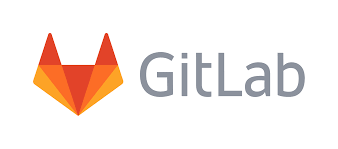Use Case Transportation
Explanatory drivers of NPS
The tool aims to measure and explain the impact of various variables on the Net Promoter Score (NPS), a key performance indicator (KPI) for the company. NPS is calculated by evaluating the probabilities of clients being promoters or detractors.
Challenges
Prediction
Is our NPS driven by our variables? Are our models “statistically good” enough?
Explainability
Are our variables independent enough for SHAP? Are we transformaing the shaps too roughly into the probabilistic space?
Aggregation
Is our mean user representative of the sample? Why?
Solution
Predictions: The NPS is defined as the difference between the probabilities of being a promoter and being a detractor. Two machine learning classifiers are trained to estimate these probabilities for each client in the sample. The NPS for each client is then computed as the mean NPS over the entire sample.
Explainability: An explainability layer is added to the model using SHAP (Shapley values). SHAP values are utilized to understand and explain the contribution of each variable to the NPS, allowing for a detailed analysis of changes in client NPS over different time periods.
Aggregation: The entire process is integrated into a ML pipeline. This pipeline is deployed to run daily on the AWS stack, ensuring continuous and automated NPS monitoring and analysis.
Tech stack
Results
Insight into Variables: Provides a clear understanding of how different factors influence client satisfaction and loyalty.
Temporal Analysis: Facilitates the comparison of NPS variations across different periods, aiding in strategic decision-making.
Automated Process: Ensures consistent and up-to-date insights with minimal manual intervention
8.9
Augmentation of the NPS









